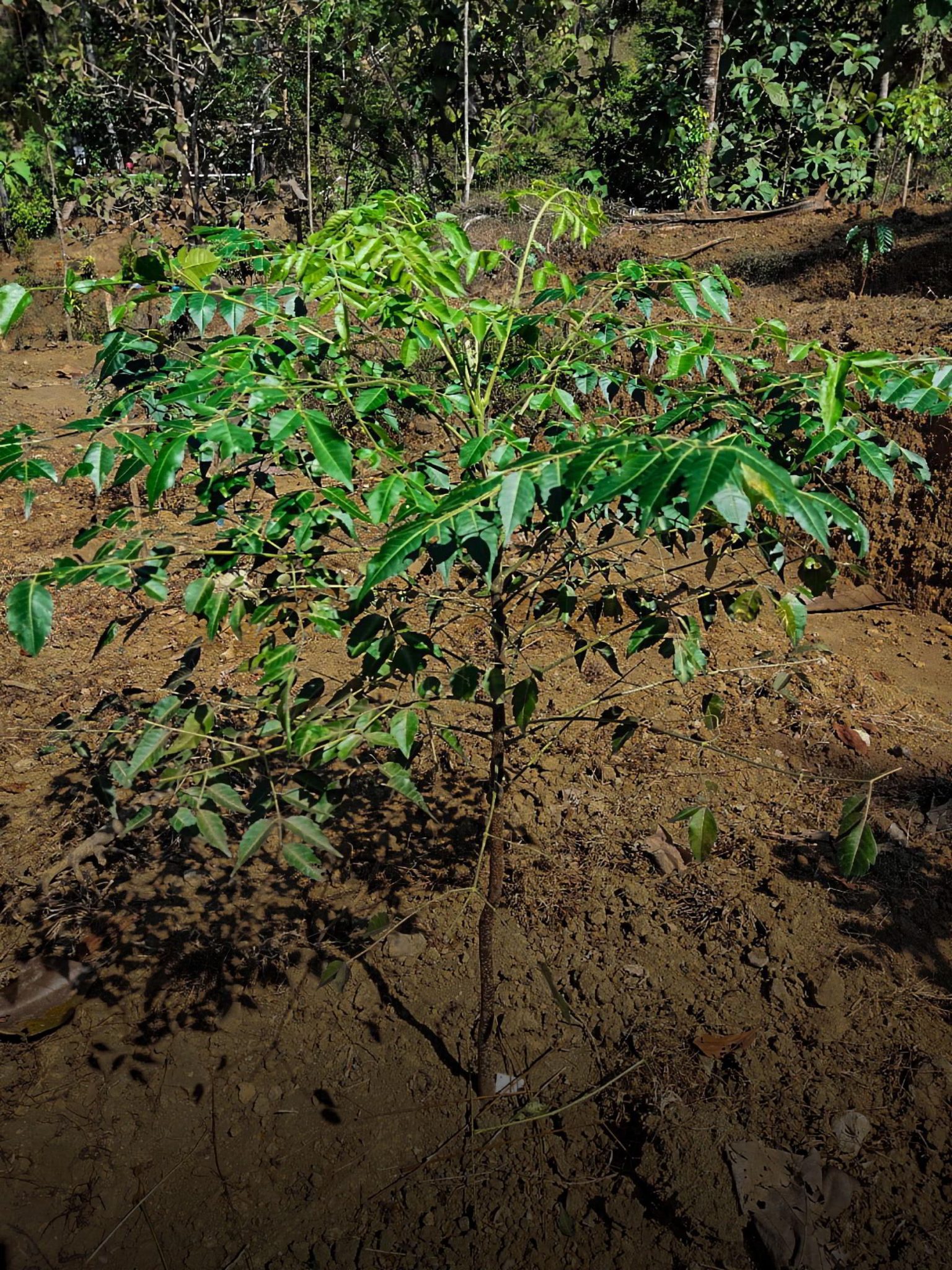Common Name |
Chinaberry |
Description |
Melia azedarach is a deciduous tree up to 45 m tall; bole fluted below when old, up to 30-60 (max. 120) cm in diameter, with a spreading crown and sparsely branched limbs. Bark smooth, greenish-brown when young, turning grey and fissured with age
This is of medium density, and ranges in colour from light brown to dark red. Melia azedarach – in keeping with other members of the family Meliaceae – has a timber of high quality, but as opposed to many almost-extinct species of mahogany, it is under-utilised. Seasoning is relatively simple, in that planks dry without cracking or warping and are resistant to fungal infection. The taste of the leaves is not as bitter as neem (Azadirachta indica). |
Products |
Fuel: Fuelwood is a major use of M. azedarach. It has a calorific value is 5100 kcal/kg.
Timber: M. azedarach wood (the ‘white cedar’ of commerce), which resembles mahogany, is used to manufacture agricultural implements, furniture, plywood, boxes, poles, tool handles; it is used in cabinet making and in construction because of its resistance to termites. The density is 510-660 kg/cubic m. Poison: Aqueous and alcoholic extracts of leaves and seed reportedly control many insect, mite and nematode pests. However, because they contain toxic components, care is needed in their use. The fruit of M. azedarach is highly toxic to warm-blooded animals; the consumption of 6-8 fruit can cause nausea, spasms, and in children, even death. Medicine: M. azedarach is well known for its medicinal uses. Its various parts have antihelmintic, antimalarial, cathartic, emetic and emmenagogic properties and are also used to treat skin diseases. Dried ripe fruit is used as an external parasiticide; some toxic components are found in the seed oil, the oral intake of which may cause severe reactions and even death |







